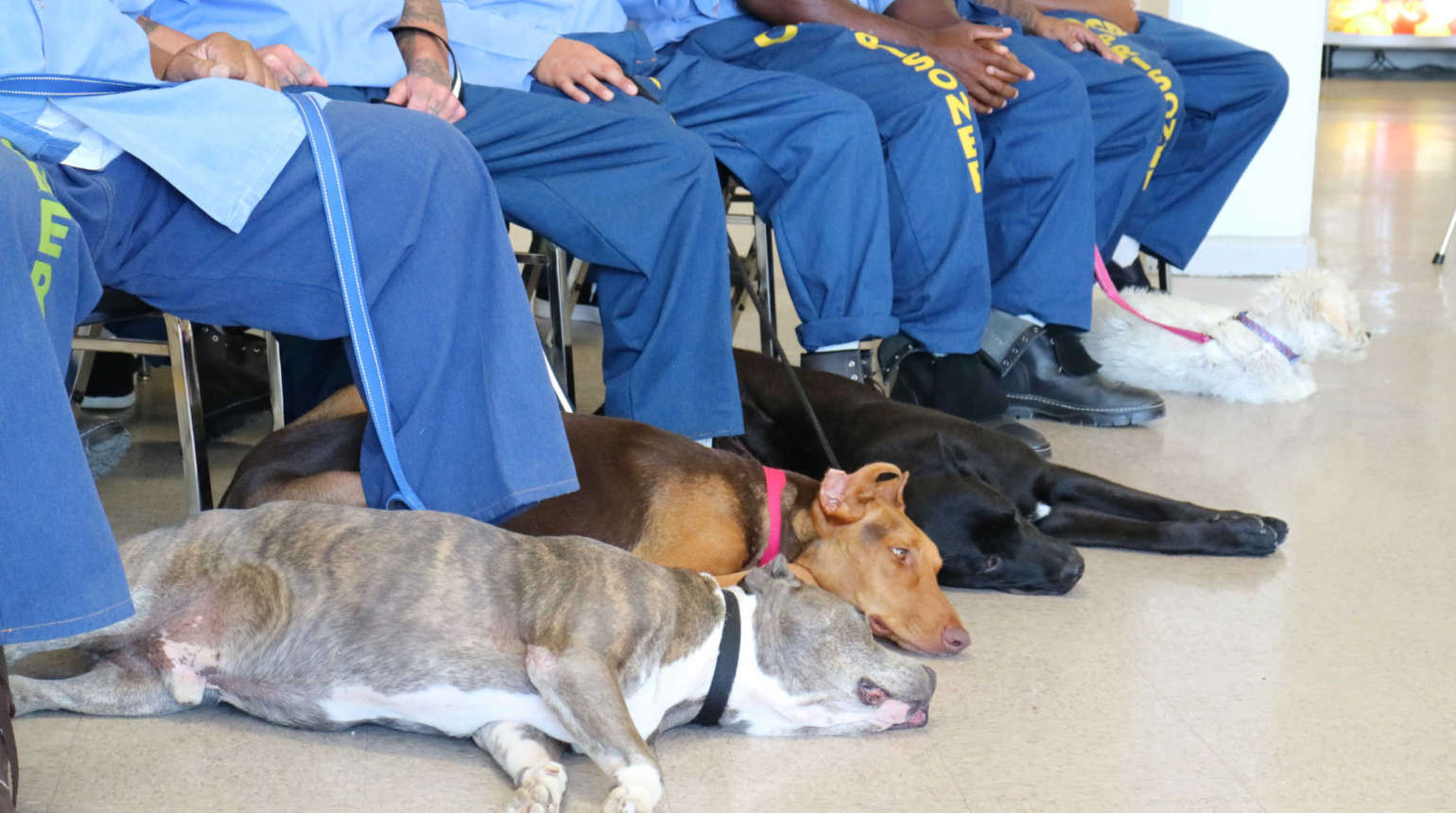Part One
One of the hardest things now a days is deciding or choosing a professional to work with you and your dog. The pet industry has become big business and it is only expected to grow. People love their pets and are willing to spend whatever it takes to achieve a better relationship with their furry companions. So how to choose the right professional to work with? How does one go about discerning the best path forward when picking a trainer or daycare for their pup?
I believe the first step is acknowledging that not all “training” methods are created equally. Secondly, one has to know what they are seeking out of this or that training style. And finally, do you agree with and are on the same page as the professional you are hiring? Since, no matter what any trainer says, if you don’t maintain the training learned, your dog’s behavior (like our own) will go back to whatever it was before the training started.
I follow and teach the philosophy of Dog Psychology or Training Cesar’s Way (TCW) . Which has allowed me to work with dogs in an intimate and holistic manner.
In 2006 I discovered Cesar Millan and my life was forever changed. I started watching “The Dog Whisperer” and was absolutely mesmerized by what this man was doing and saying. I grew up with dogs, but never, in my life had I seen someone communicate so seamlessly with them. I was hooked, I wanted to learn more and I set out to do just that. I started following and applying TCW with the dogs I was working with. The results, were incredible.

Fast forward many years and today Cesar is a mentor and friend. He is, by far, one of the most interesting people I know. When I asked him if TCW was a training style or philosophy, he said it was both. When I asked what was the first precept of the philosophy, his answer was: know your energy. Meaning, know what you want to achieve with the dog, and be mindful how you feel about it. So simple. Yet so perfect.
Think about it? Often times we want our dogs to NOT do something, but we actually don’t know what we DO want them to do. An example I often give is we teach our kids how to get out of a car, and they are strapped in – no chance of getting out on their own. But our dogs? Nope, we just open the car door and tell them they did it wrong when they bolt out. In TCW you learn, first and foremost, to be aware of yourself, to formulate a plan and then the techniques follow. But most importantly, the technique comes after self awareness not before.
Next in the dog psychology cannon comes, I believe, the understanding of fight, flight, avoidance and surrender. Dogs have only four responses to stimuli and they are:
Fight – moving towards the stimuli
Flight – moving away from stimuli
Avoidance – finding ways to not engage with the stimuli
Surrender – accepting that the stimuli exists and that it has no effect on me.
The reason Cesar is so brilliant is that he truly lives by that. The reason I can communicate with dogs is that I understand that and apply it when working with them. However, what makes dog psychology different, and in my humble opinion, a much more encompassing “training style” is that, at the core, we humans react the exact same way to stimuli. Whatever it is… a conversation with a friend, an argument with a coworker, when something falls on the ground, when you receive bad news, or good news for that matter; all our responses are based on fight, flight, avoidance or surrender. We are, after all, mammals and social animals – a lot like dogs. The main difference is humans are able to choose their responses, while dogs respond instinctually.
So on that note, try a little experiment with your dog. Drop something on the floor, a broom, a book, a towel and check out their response. Some dogs will go and immediately smell it, some will walk away, some will avoid and go around the object and some will just continue doing what they were doing. If you pay attention you will see that there was very little thought process behind the behavior, your dog just does it. That is the beginning of understanding what dog psychology is. What is my dog’s response when something unexpected happens and then you build from that.
Then try a little experiment on yourself… one of the most important things Cesar taught me is that we have a choice when responding to stimuli. So next time something unexpected happens, check your response to it. An example I give to my clients is: you are walking your dog and it starts raining. You can curse the rain (fight), you can go back home (flight), you can hide under a tree (avoidance) or you can just continue walking (surrender). None of your responses, however, will make it stop raining. How would you react if this situation came up? How does your dog usually act to stimuli? Once we know ourselves and the other it makes it so much easier to communicate, doesn’t it?
Dog Psychology has taught me a lot about me, about human psychology… and that is the reason I truly love what I do. Dogs have taught me, through their way of living, how to lead a more balanced life. A fuller life. That is what makes TCW so unique and so much more than a “training style”.
…To be continued…
To learn more about Cesar Millan and his philosophy visit: https://www.cesarsway.com



